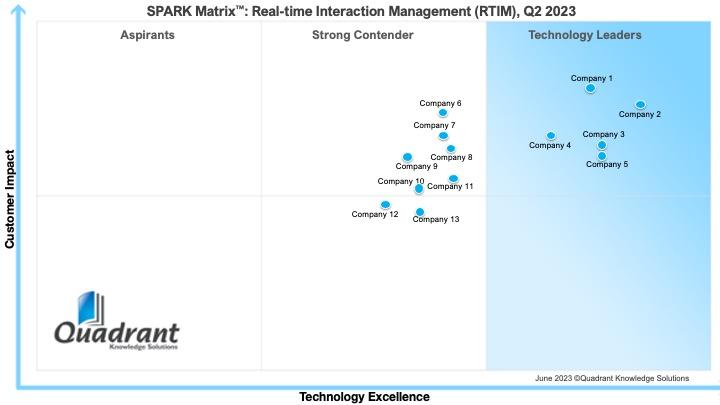Real-Time Interaction Management (RTIM) is a technology-driven approach that enables organizations to interact with customers in real time based on contextual data, behavioral insights, and predictive analytics. Unlike traditional campaign-based marketing, RTIM leverages data collected from multiple touchpoints to determine the next best action for each customer — delivering personalized messages, offers, or content dynamically.
Key Features of Real-Time Interaction Management
- Contextual Personalization
RTIM platforms use real-time data to deliver messages and offers that match a customer’s current context — such as location, recent activity, or browsing behavior. This ensures every interaction is relevant and meaningful. - Omnichannel Orchestration
Customers interact with brands across multiple touchpoints. RTIM enables seamless coordination of personalized interactions across channels like web, email, mobile apps, contact centers, and social media. - Next-Best-Action Decisioning
Through AI and machine learning, RTIM identifies the most relevant next step for each customer — whether it’s a product recommendation, discount offer, or educational content. - Real-Time Data Collection and Analytics
RTIM continuously captures interaction data to optimize future engagements, providing valuable insights into customer journeys and behavior patterns. - Measurement and Optimization
Performance tracking and analytics allow marketers to measure engagement effectiveness and fine-tune strategies for better outcomes.
Benefits of Real-Time Interaction Management
Implementing Real-Time Interaction Management enables organizations to transition from reactive to proactive customer engagement. Some of the major benefits include:
- Enhanced Customer Engagement: Personalized and context-aware interactions increase attention and loyalty.
- Higher Conversion Rates: By delivering the right offer at the right moment, RTIM significantly boosts sales and campaign performance.
- Improved Customer Retention: Continuous engagement and timely responses reduce churn and improve satisfaction.
- Data-Driven Decision Making: RTIM leverages real-time analytics to make informed marketing and business decisions.
- Consistency Across Channels: RTIM ensures that messaging remains coherent and relevant, regardless of how or where the customer interacts.
The Role of AI and Machine Learning in RTIM
The integration of AI and machine learning has revolutionized RTIM by enabling systems to understand complex customer patterns and predict behavior with remarkable accuracy.
AI-powered RTIM platforms analyze real-time data streams, automatically triggering responses or offers that best align with the customer’s current needs and stage in the journey.
Moreover, predictive analytics allow marketers to anticipate future actions, crafting personalized strategies that drive long-term engagement rather than short-term transactions.
Applications of RTIM Across Industries
- Retail & E-commerce: Delivering personalized recommendations, dynamic pricing, and context-based offers.
- Banking & Finance: Tailoring investment advice or loan offers based on customer profiles and financial behavior.
- Telecommunications: Enhancing customer service through proactive notifications and personalized upgrades.
- Healthcare: Providing timely reminders, wellness content, and personalized care recommendations.
- Travel & Hospitality: Creating real-time itineraries, upgrades, and loyalty offers based on customer location and preferences.
Each of these industries benefits from RTIM’s ability to personalize at scale — providing consistent, contextual experiences that drive customer satisfaction and business growth.
The Future of Real-Time Interaction Management
As AI, analytics, and automation continue to advance, the future of RTIM will focus on deeper personalization, emotional intelligence, and predictive engagement. The next generation of RTIM solutions will incorporate generative AI for crafting human-like interactions and sentiment analysis for understanding customer emotions in real time.
Businesses that invest in RTIM will be better equipped to deliver consistent, personalized, and emotionally resonant experiences—setting new benchmarks for customer engagement excellence.
Conclusion
Real-Time Interaction Management (RTIM) is redefining how organizations connect with their customers. By combining contextual awareness, data analytics, and automation, it transforms ordinary interactions into meaningful, personalized experiences that strengthen customer loyalty and drive measurable business value.

